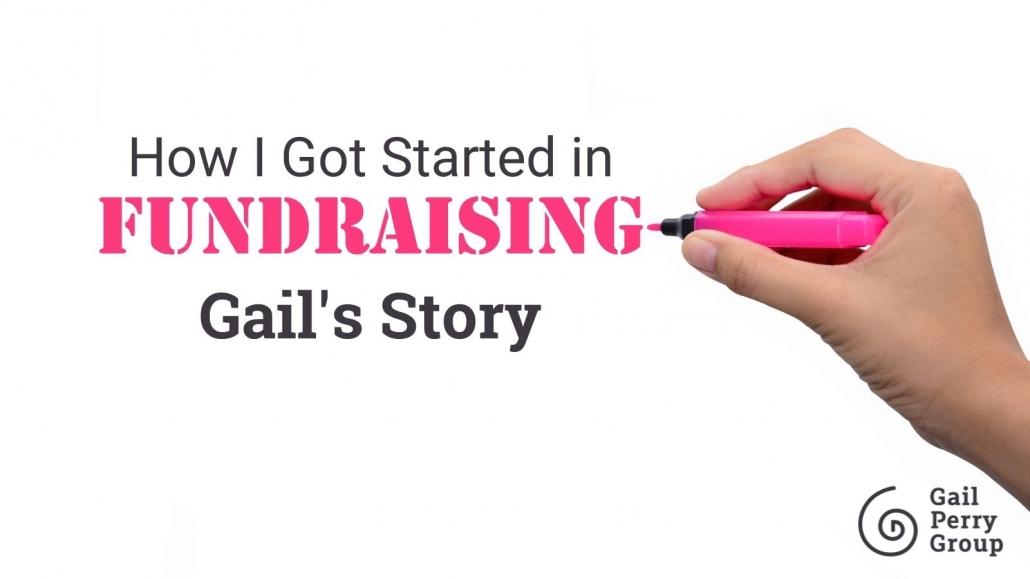
I wish you could have been there.
It was a hot Friday evening in July, and a group of friends had gathered together for supper at my house.
My new daughter was a year old, and I was just starting to think about going back to work, after taking a year off to enjoy being with her.
As we enjoyed the cooling air on the back deck, one of my friends spoke to me directly.
It was my good friend Michael Rierson, who was the head corporate fundraiser at Duke University.
And he said some magic words:
“Gail, are you ready to go back to work?
There’s a fundraising job at Duke that you’d be great for.”
Hmmm, I thought to myself. Fundraising. I had several years of professional sales experience but had never thought about getting started in fundraising.
Yes, at 35 years old, I had already served on several nonprofit boards, and even chaired a board. Yes, nonprofit causes and making the world a better place definitely interested me.
To me, it seemed like the perfect match: Professional sales plus nonprofit mission. And I heard a little tiny voice in my head:
“Fundraising. That feels like fun. Yes.”
Now and then in people’s lives, a small voice speaks clearly inside their heads. Some people ignore that voice. The lucky ones hear the message, listen to it – and take action. That voice is how I started in fundraising.
I jumped at the opportunity to interview for the position of Major Gifts Officer at Duke. Six weeks later, I started my new job. Hurray!
Now, raising money at Duke University was a lesson in advanced fundraising. These people knew the art of cultivating donors. As a result, the gifts were flowing into Duke. Here are some of the lessons I learned at my very first fundraising job at Duke:
Lessons learned at Duke University.
1. Make the first gift such a nice experience for your donors that they will quickly give again.
Make it an occasion of joy and celebration on the part of the receiving institution AND the donor. So – the first gift from a donor is (hopefully) never the largest!
2. Set objectives for each donor meeting.
Once you get started in fundraising, if you don’t have a plan for each visit with a donor, you may end up wasting your time. It’s easy to be social, and avoid having a direct conversation. But if you don’t engage the donor in a conversation about their interests, you lose a valuable opportunity.
3. Find seven ways to thank your donor, and they’ll give again.
Donors who are thanked properly are highly likely to give again. There are all sorts of ways you can acknowledge and appreciate your donors – videos, impact reports, personal notes, events, invitations, etc. It takes a lot of work but it’s totally worth it when your donor gives more and more and more.
4. 95% of the money comes from 3% of your donors.
A whopping majority of your gifts and contributions comes from very few people. If they are wildly passionate about your work, then they deserve your focused attention. You must focus on the very few people who can give the most.
5. Stay in front of your prospects.
There is a direct correlation between the number of contacts a donor has from the organization – before the ask – and the amount of the gift. This also means that the longer you wait to ask, then the bigger the gift will be.
6. Ask for a specific amount always – based on the donor’s values and explicit motivation.
Say: Would you consider a gift in the range of _X dollars_ for _X years_ if we can show you how it could be done? In the life cycle of a donor there are perfect moments for asking for money. You are just nudging the inevitable.
As always, it is a pleasure to share our weekly news and insights with you. Let us know what you think of our new branding in the comments below!
